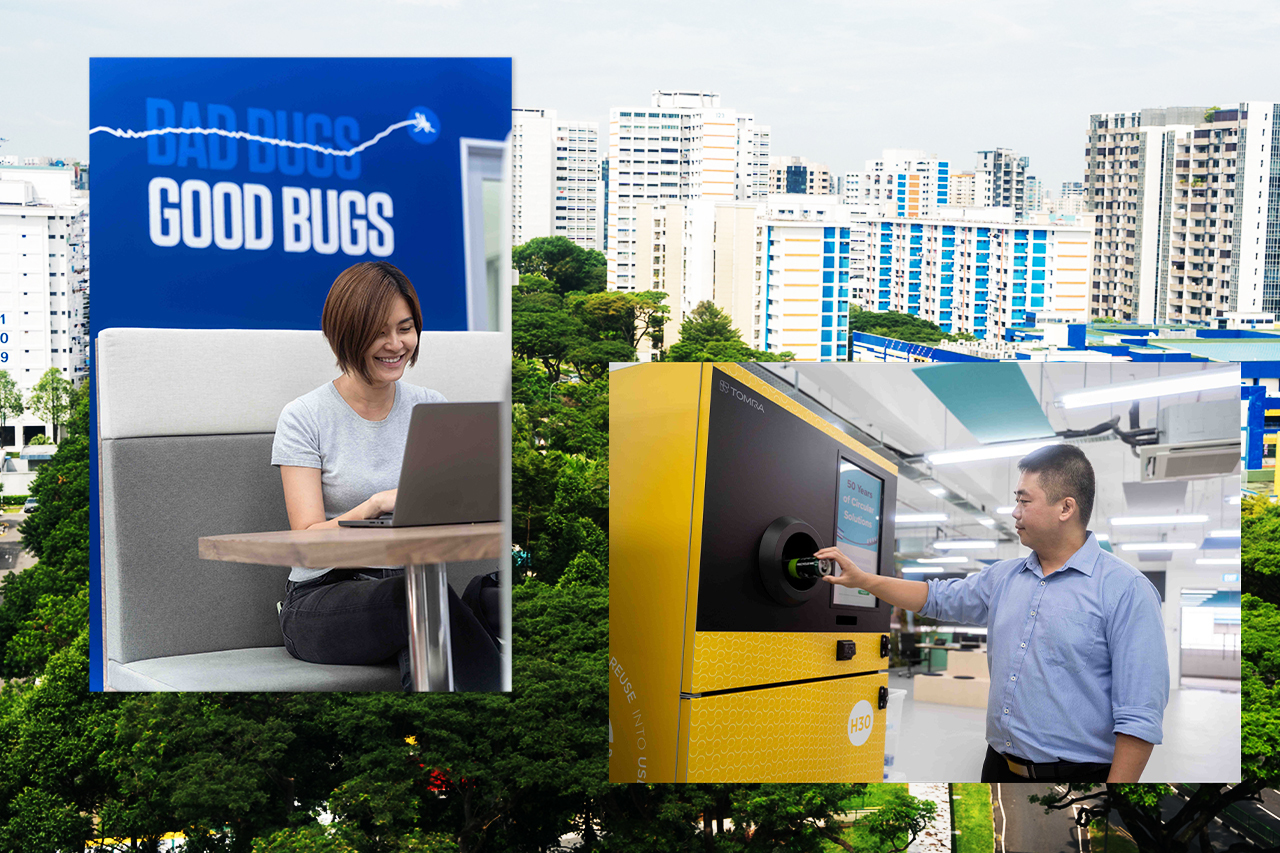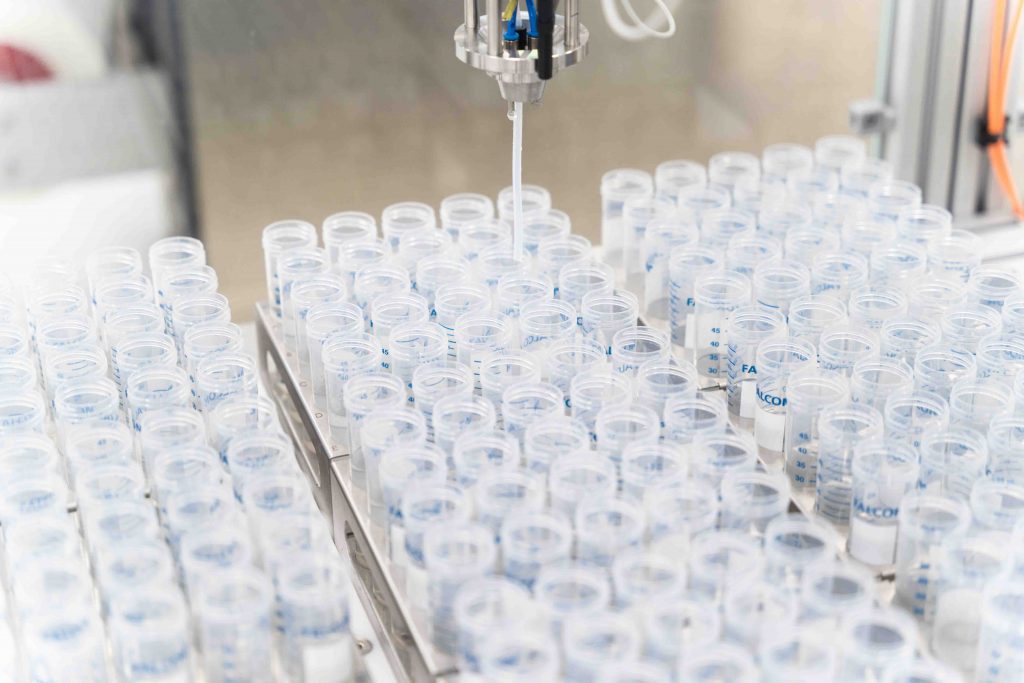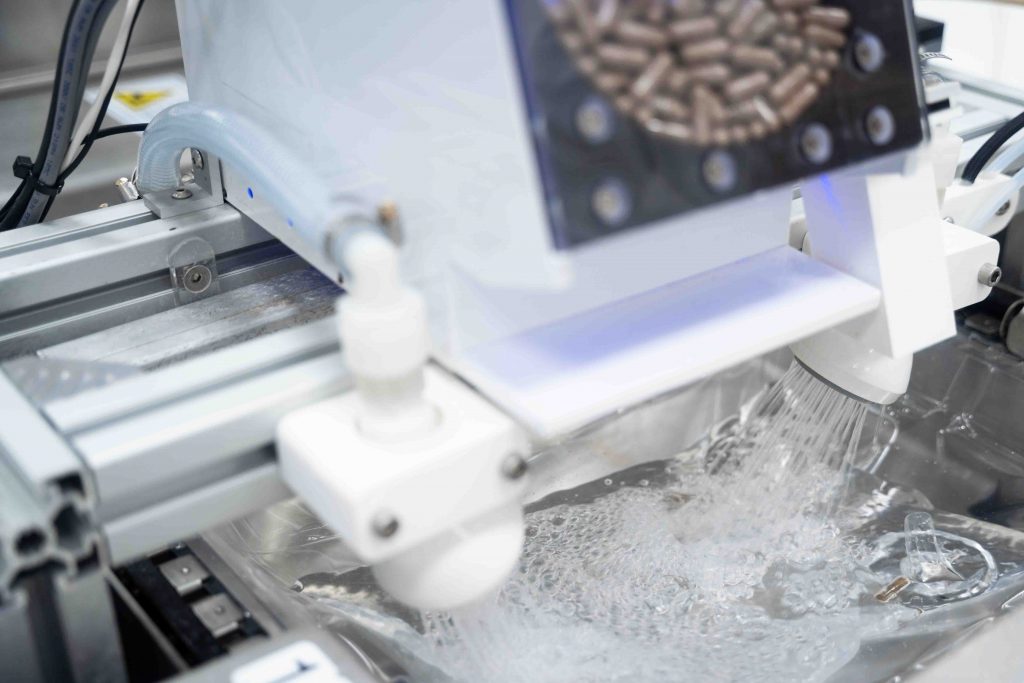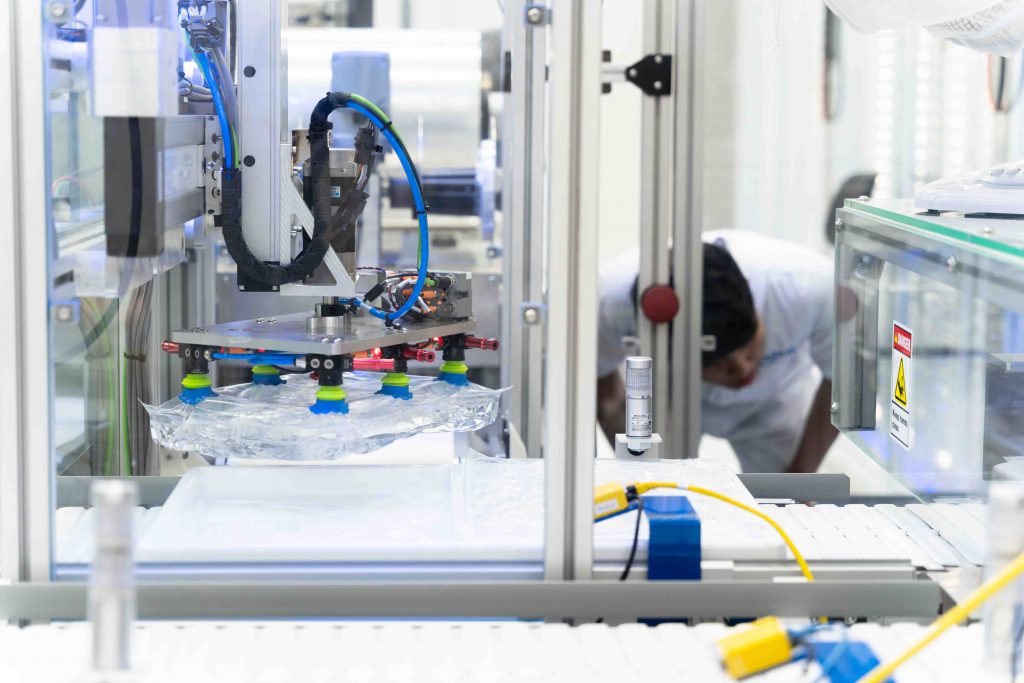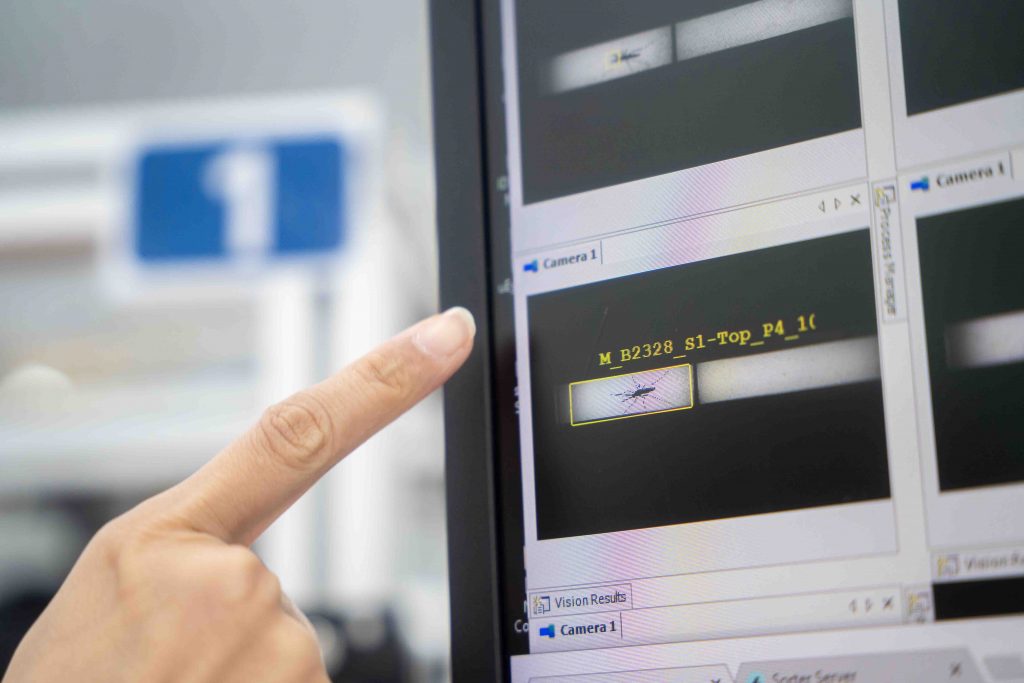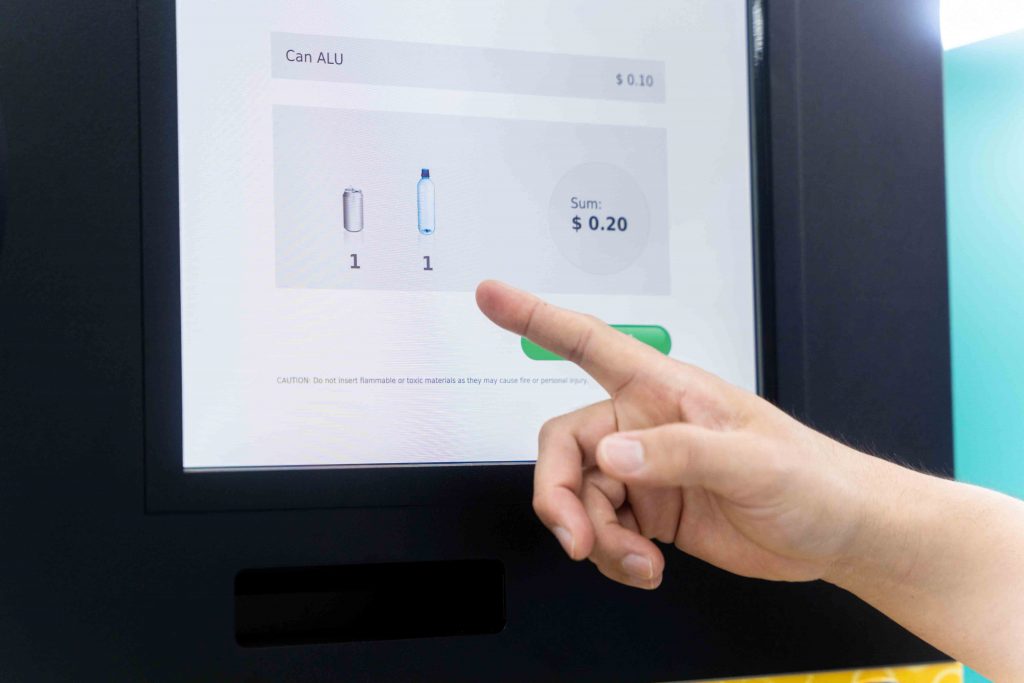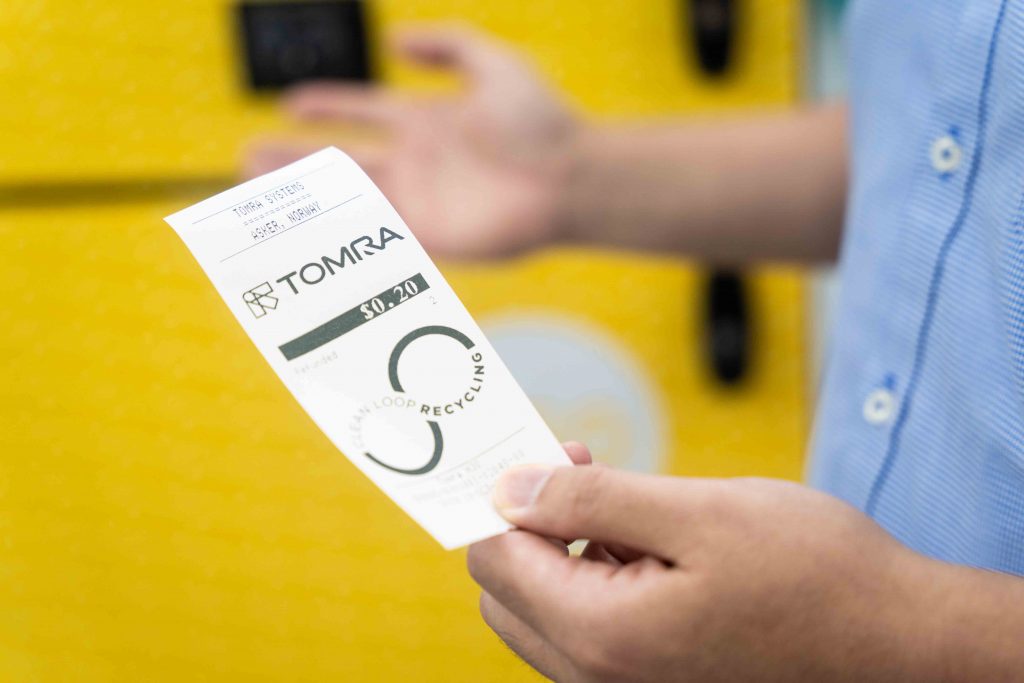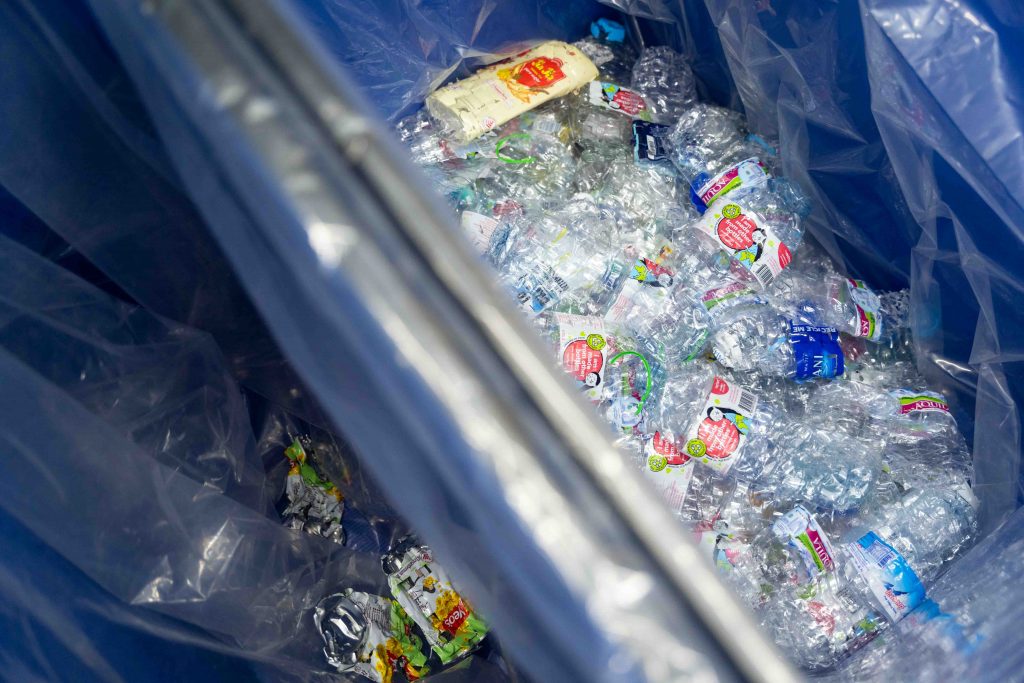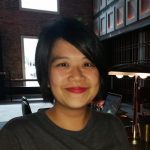All images by Stephanie Lee for RICE Media unless otherwise stated.
My husband and I want to give the best to our child—and by ‘best’, we mean that it has little to do with money. For us, it’s setting aside time for family activities, preparing home-cooked meals, or as simple as cracking up dad (or mom) jokes.
However, as more and more HDB flats are resold for over a million dollars, our dreams have gotten a reality check: there is a hefty price to pay for our “best” home.
My husband and I plan to own a flat together, in Tampines specifically. For many reasons, we believe it’s one of the best towns in Singapore. (Hold your pitchforks, Westies.)
It is near my parents in Bedok. The Downtown Line can take us to our workplaces in 30 minutes. More importantly, there are many primary school options in the area, some of which have affiliated secondary schools.
Nevertheless, as Tampines saw its first million-dollar resale HDB flat this September, my husband and I are afraid our dream could be shattered anytime.
Suppressing Dengue For A Safer Neighbourhood
If you haven’t paid attention yet, Tampines is a neighbourhood gem. It’s well-connected to other parts of Singapore. There are also many amenities within walking distance.
Interestingly, it’s also actively involved in dengue suppression.
Dengue is endemic in Singapore. In our most recent outbreak in 2020, there were more than 35,000 reported cases.
The National Environment Agency (NEA) launched a programme — Project Wolbachia — in an effort to suppress the dengue-spreading female urban Aedes aegypti mosquitoes, the main vector for dengue transmission.
It began in October 2016 as a pilot study. Tampines was one of the chosen neighbourhoods to be involved.
Over here, non-biting, male Wolbachia-Aedes mosquitoes would be released to mate with the female Aedes aegypti mosquitoes.
During mating, the Wolbachia bacteria in mosquitoes will result in the inability of the females to lay fertile eggs. Over time, this will naturally deplete the population of the Aedes aegypti mosquito, which is responsible for spreading Dengue, Zika, and Chikungunya.
A team of scientists and engineers from Debug has been working closely with the NEA in the effort. Debug is part of Verily, a precision health company under Alphabet Inc (the company that owns Google).
Debug develops proprietary technology, driven by artificial intelligence (AI), that automates the rearing, sorting, and release of non-biting, male Wolbachia-Aedes mosquitoes.
“Climate change will contribute to temperature increase, making regional dengue outbreaks even more likely and widespread in the coming years,” said Yanni Yoong, Programme Manager at Verily Life Sciences.
“So, we need to rely on newer and better technologies that can automate the rearing, sorting, and releasing of millions of non-biting, non-GMO, sterile male mosquitoes at scale.”
Since the start of the programme, Project Wolbachia has achieved up to 98 percent reduction in the dengue mosquito population, and up to 70 percent reduction in dengue incidence in 2022.
Full coverage with releases of male Wolbachia-Aedes mosquitoes has been achieved at Tampines town in April 2022. Knowing this makes us want to move to Tampines even more.
My husband and I are nature lovers. We love Tampines for its proximity to some of our favourite hangout places, like East Coast Park and Changi Boardwalk.
We hope our child grows up to love all greenery as much as we do.
Better still, Debug has built its first off-site mosquito production facility at Techlink in Kaki Bukit. The 20,000 square feet space allows Debug to build up on its success in Tampines.
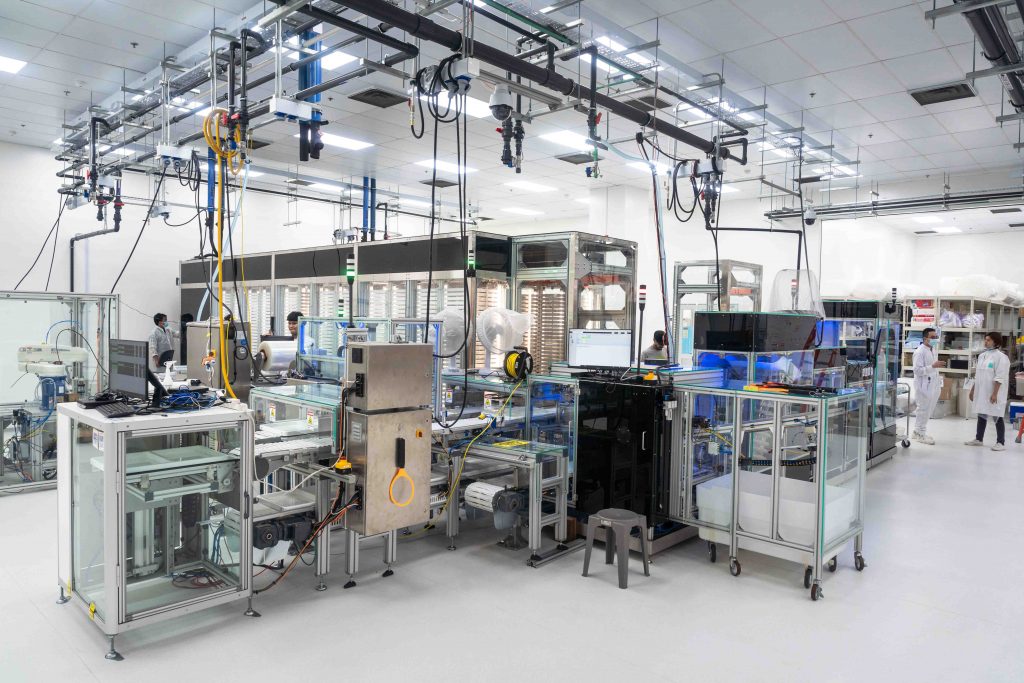
“Singapore’s landscape of high-rise and high-density buildings poses challenges that require adaptations in mosquito release processes,” Yoong added.
“So, Debug faced a daunting task of ensuring an even dispersion of male Wolbachia-Aedes mosquitoes across different HDB block levels and units. Something which we would continuously work on, and within the spaces at Techlink, we are able to produce mosquitoes at scale and protect Singapore from Dengue.”
Clean, Green, Money Machine
Before I relocated back to Singapore in early 2021, my husband and I lived in Bologna, Italy for a brief spell.
In our neighbourhood, it was compulsory to sort out all household waste – plastic bottles, metal and glass containers, paper packaging and perishables. We had to clean it all and place in bags of different colours before disposal.
It took me some time to get used to it.
To be fair, recycling is not a unique facet of living in Italy. Recycling bins are common in Singapore too. As I learn from the news, there’s more in the near future as large recycling efforts are being rolled out.
Here’s the long-term vision: by mid-2024, consumers will have to pay an extra deposit upfront when they purchase any metal or plastic pre-packaged beverages. Don’t worry: you can claim it back when you return these recyclable items.
Through NEA’s upcoming Beverage Container Return Scheme (BCRS), recycling bins will not only be automated, but also reciprocal.
They call it a reverse vending machine (RVM). As opposed to a typical vending machine, RVMs collect used empty plastic and metal beverage containers, and refunds a deposit back to the consumer who returns them.
It was invented by TOMRA, a Norwegian company founded by brothers Tore and Petter Planke.
I ask CK Chai, Director of Business Development at TOMRA Collection Singapore, if their RVM technology is like the used beverage bottles return machines I saw in Tampines Mall. He laughs.
“Yes, but we are not here primarily to sell our machines,” he says. CK explains TOMRA is here to support BCRS holistically.
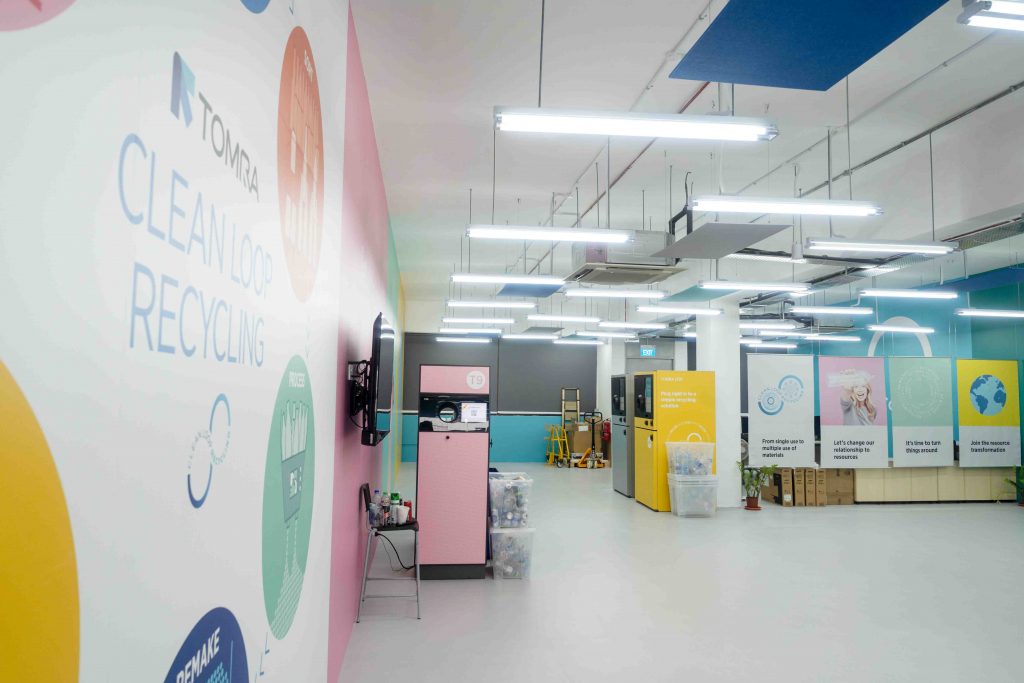
The company sees themselves as a knowledge partner, who engages and educates the community on plastic packaging waste pollution and recycling.
TOMRA is stepping in as a knowledge sharing partner and working to integrate their technology into Singapore’s recycling system.
To further engage and educate the community around plastic packaging waste pollution, along with solutions to tackle this problem, TOMRA launched its new resource transformation centre in Techplace I at Ang Mo Kio back in March.
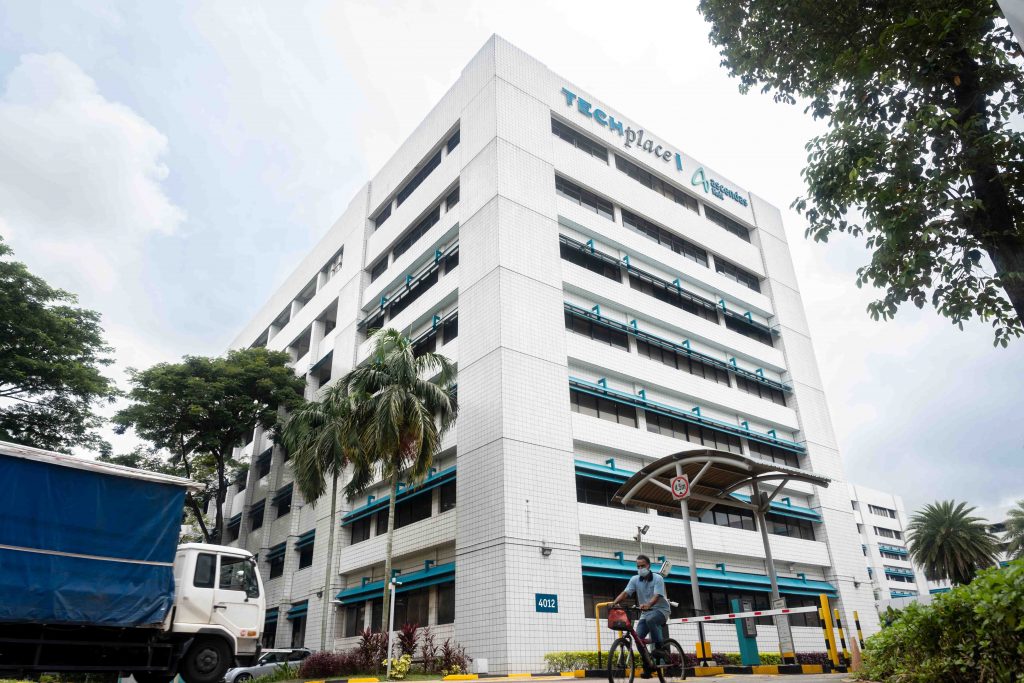
According to CK, Singapore is the first country in Asia to launch such a comprehensive deposit return scheme. Many are not aware how this works, or its implications.
“For example, how much do you think the deposit value should be in Singapore—enough for it to motivate one’s return?,” CK said.
“In Germany, 98 out of the 100 eligible used beverage containers are collected for recycling because they have a high deposit value of €0.25 (estimated S$0.35). That’s a key driver but can this be done in Singapore?”
Besides, CK also highlighted that Singapore has a very different consumption habit.
“In western countries, consumers visit the supermarket once a week to shop for groceries. Many of them drive so they can return a large quantity of used beverage containers at once,” he explained.
“Over here, we have the convenience of shopping malls, hawker centres, and a great public transport system. Chances are people will return more frequently with a lower quantity each time. We need to deploy a sustainable return scheme that’s suited for this.”
Nevertheless, CK is hopeful—confident, even—that BCRS will be successful as Singapore plans to go zero-waste in the long run.
“We are kick-starting a clean loop recycling journey,” CK says, “where we advocate collection of beverage containers and turn them into new containers, again and again!”
A Long Journey Ahead
Both companies I spoke to are trudging down two distinct paths with a shared goal: to create a better living environment.
While my husband and I may eye for a smaller residential unit at a more affordable price in the same neighbourhood, these efforts cannot proceed without full force.
Still, I am glad that they have chosen to work in locations that are close to the heartlands to test out their technologies.
“Sometimes, I will walk around the nearby HDB blocks to see how waste management is done in the area,” CK shares. “All the local knowledge gained will impact our design to implement and deploy RVMs in the near future.”
Yoong expresses a similar thought. “Good knowledge and practice of mosquito breeding control measures by every resident is paramount to the success of the Wolbachia-Aedes programme,” she said.
“As the NEA previously highlighted, while the Project continues to show good results, it is not a silver bullet. Community efforts on preventing mosquito breeding habitats remain critical.”
Like all thousand-mile journeys, they need to begin with a single step. For my husband and I, it’s about budgeting and saving for our dream home.
For Debug and TOMRA, they polish their tech and get others to take their first steps in suppressing mosquitoes and recycling, so every neighbourhood will be the “best”.

